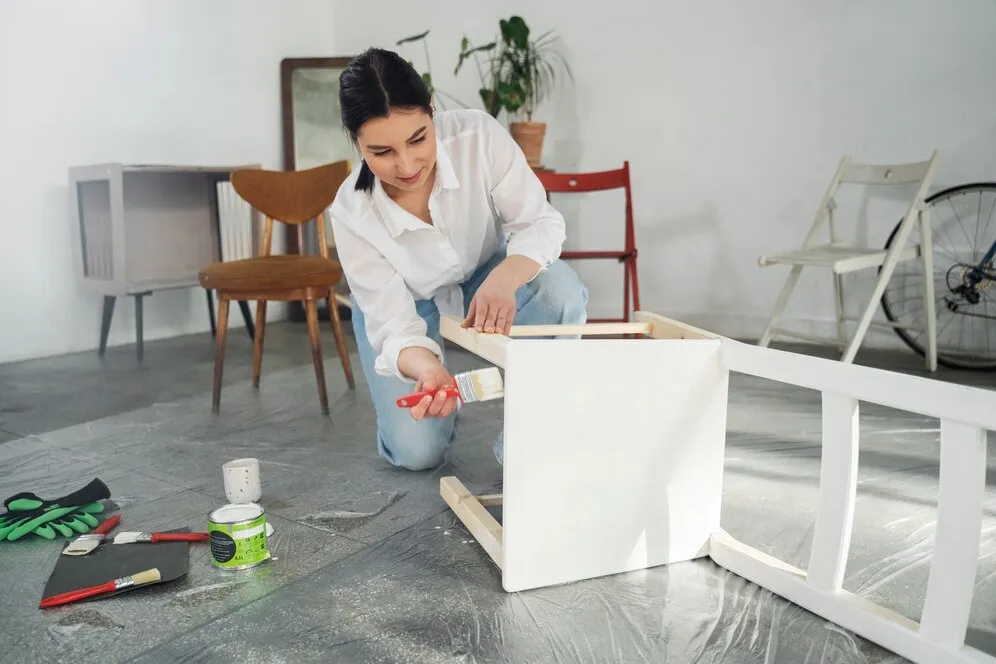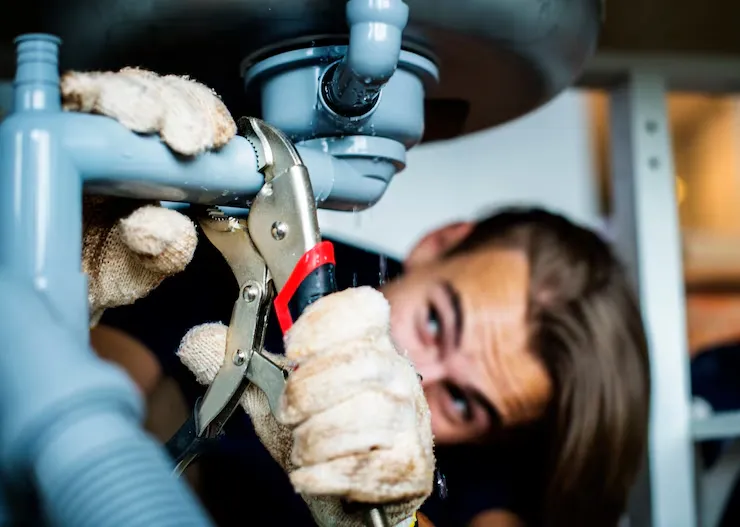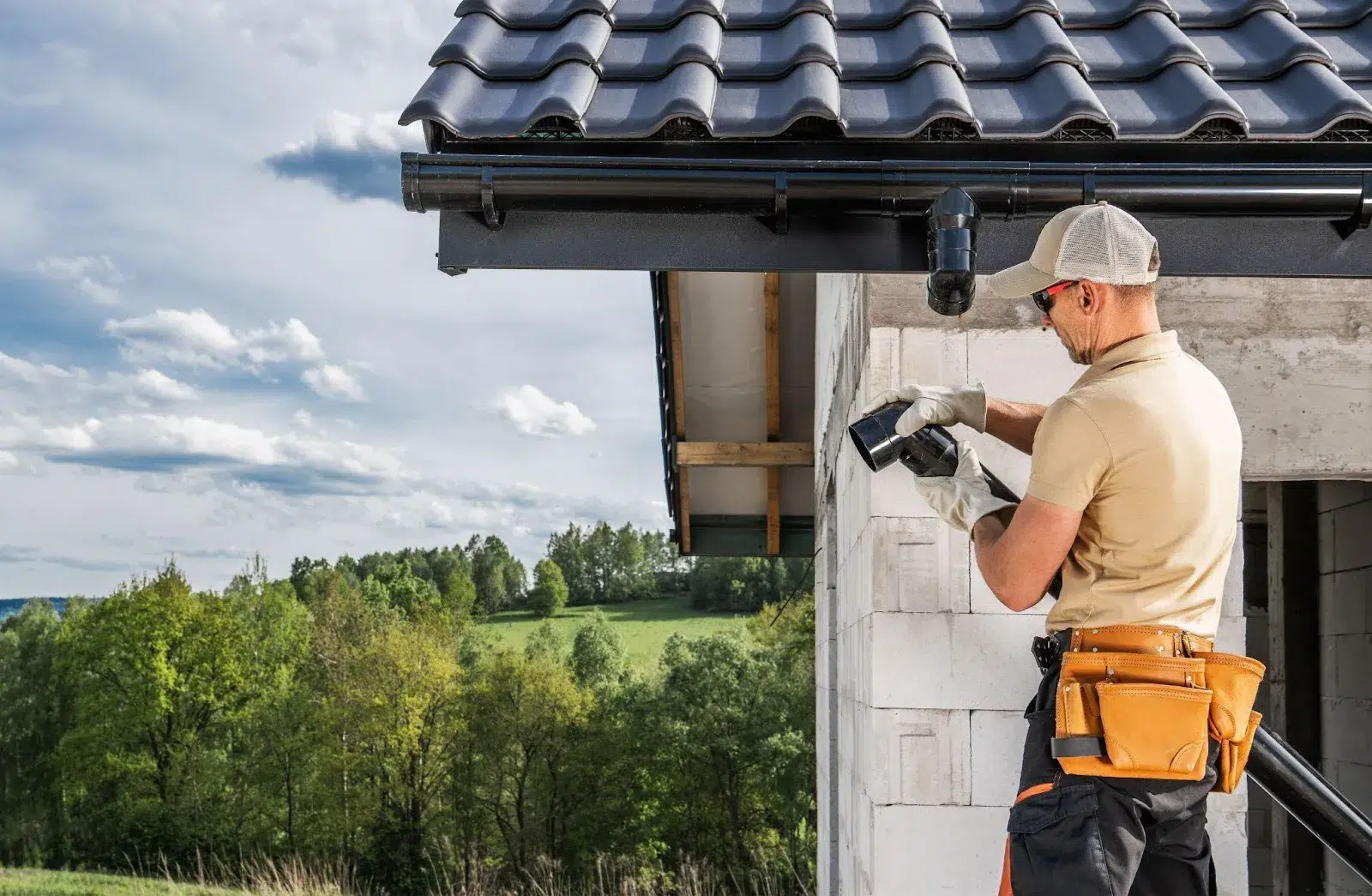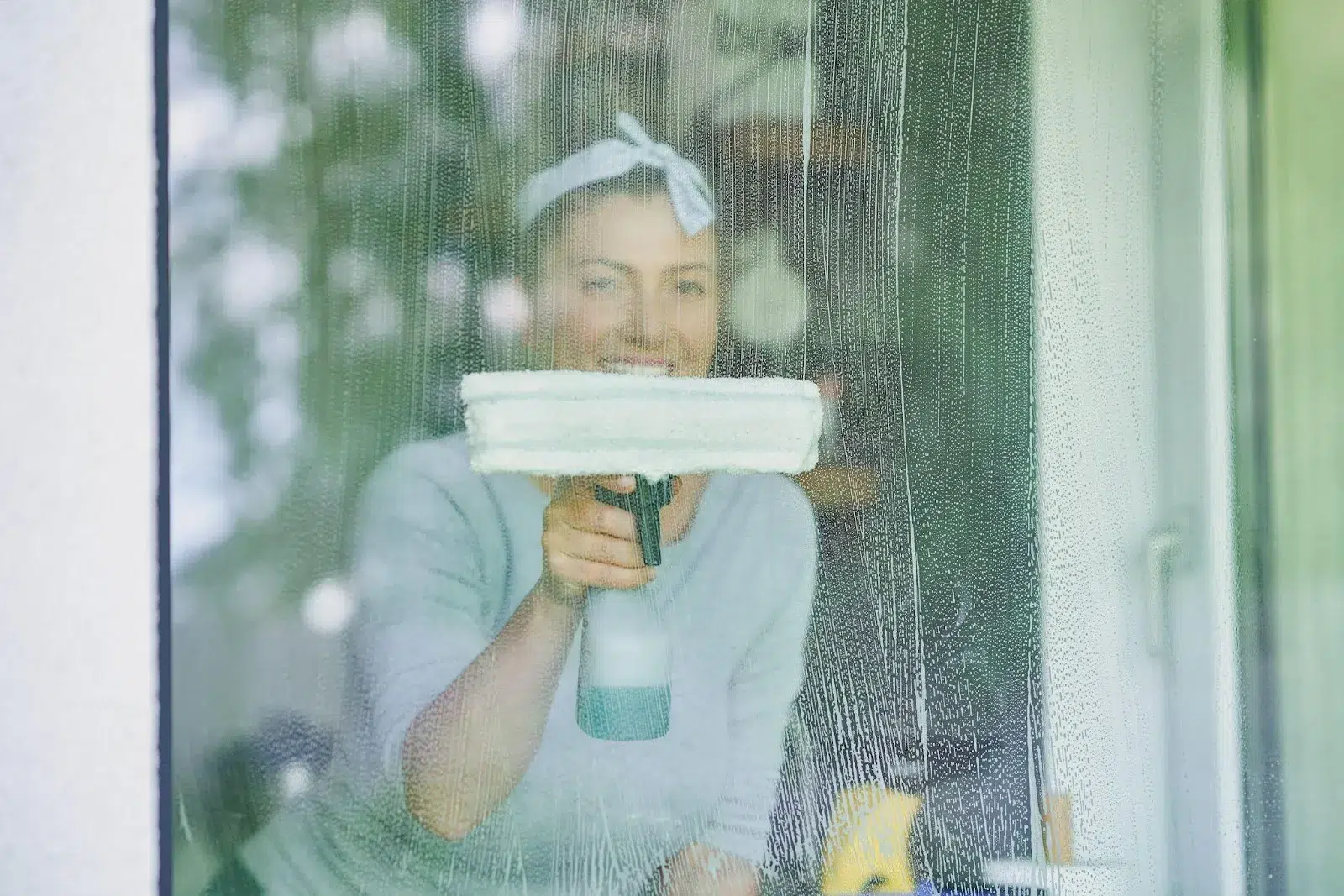Assembling furniture in the depths of a Canadian winter can be quite a difficult task due to the low temperatures. Whether you are assembling a new entertainment center or the latest IKEA creation, winter conditions require special consideration.
That’s why we’ve brought you 5 Furniture Assembly Techniques for Winter to ensure your projects go smoothly, even in the coldest months.
1. Acclimatizing materials before assembly
Allowing materials to properly adjust to indoor temperatures is one of the most important tasks in winter furniture assembly. Furniture pieces that come directly from a delivery vehicle or garage can be much colder than the temperature in the house. The way the materials fit together can be affected by this temperature difference, which can cause problems with closures and joints.
The acclimatization process usually takes between 24 and 48 hours, depending on the temperature difference and the type of material. This period is especially necessary for elements made of wood to acclimatize, as sudden changes in temperature can cause cracks or deformations.
It is also very significant that you maintain a constant temperature in the room during the acclimatization period, and avoid opening nearby windows or doors. This consistency helps the materials reach the right temperature everywhere.
2. Controlling static electricity
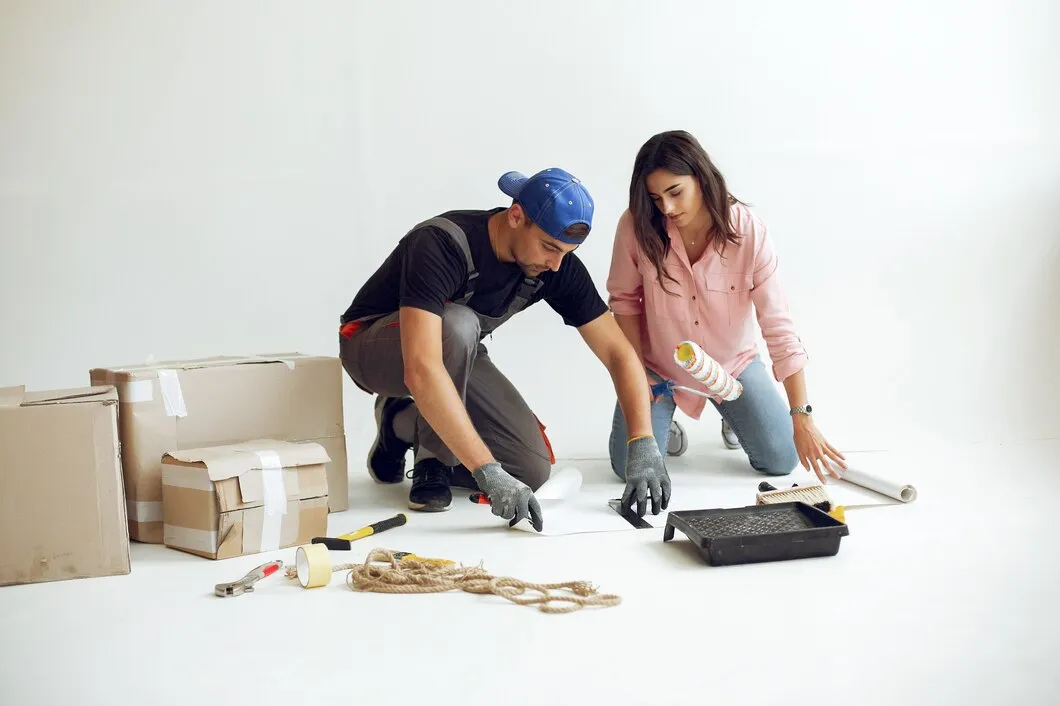
Static electricity increases in dry winter air, which can be problematic when working with pieces of furniture. The quality of surfaces can be impacted by static electricity, which can attract dust and particles to surfaces, making it more difficult to achieve clean joints.
Better working conditions and less static build-up can be achieved by using a humidifier in the workspace. In addition, static problems can be reduced by using blotting paper or antistatic sprays to clean surfaces. Be cautious when handling metal components, as they are more prone to static charges.
When assembling furniture, consider wearing clothes made from natural fibers, as synthetic fabrics tend to produce more static. In addition to helping to control static, maintaining proper humidity levels is good for the materials themselves, especially wooden parts.
3. Improving the temperature of the workspace
To assemble furniture effectively in winter, the perfect temperature must be created in the workplace. For most furniture assembly, temperatures between 18 and 22 °C (65-72 °F) are recommended. This range ensures that adhesives, if used, dry properly and that the materials work as intended.
Avoid working in freezing environments, such as unheated basements or garages, as this could affect the performance of the adhesive and the flexibility of the material. Similarly, overheated areas can damage certain materials and make you feel uncomfortable during the assembly process. If necessary, use space heaters strategically, but keep them away from furniture parts.
4. The right lighting methods

Because there is less natural light on winter days, adequate lighting is essential for assembling furniture. Inadequate lighting can lead to alignment errors, missed instructions and difficulties in determining the correct location of components.
To eliminate shadows that could hide important details, it’s good to have multiple light sources. A good tip is to use LED lights and that all surfaces are best illuminated when placed at different angles. For complex and detailed work, consider using a headlamp to maintain proper vision and have both hands free.
Natural light is still the best source of light when available, so try to schedule complex assembly steps during daylight hours. If possible, place your workstation next to windows, but never forget that cold drafts can alter the temperature of the materials.
5. Tool care and preparation
Both manual and electric tools can be affected by low temperatures, so it is necessary to prepare the equipment properly. Since sub-zero temperatures can drastically shorten the life of batteries, keep instruments at normal temperatures and make sure that battery-powered tools are fully charged.
During assembly work in winter, lubricate the moving parts of tools more frequently, as the cold can cause wear and friction. For battery-powered equipment, have a set of spare batteries warm and ready, and allow cold tools to warm up before use to avoid condensation problems.
Tools should be cleaned and dried carefully after use, as winter moisture can cause rust build-up.
If you put these 5 Furniture Assembly Techniques for Winter into practice, assembling your furniture in winter will be a simpler task. Best of all, they will help prevent mistakes that could directly impact your finances. Whether it’s controlling static electricity or preparing and taking care of your tools, these tips will ensure your assembly work is optimal and safe.

